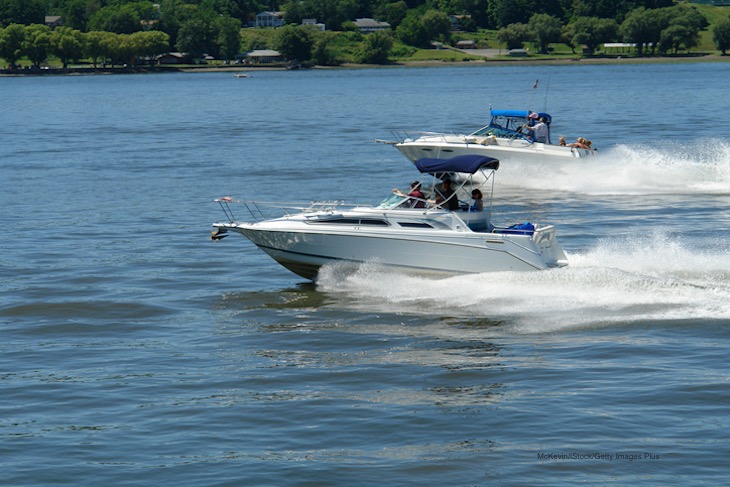At least 140 people are now sick with possible E. coli infections after boating in Lake Minnetonka in the western suburbs of Minneapolis over the Fourth of July weekend. Hennepin County Public Heath is reporting this increase in the case count.

Of the 140 people who have called to say they are sick, 116 were near Big Island. That island has a nature park and several campsites. Hennepin County closed the Excelsior Beach on July 9, 2019 after finding E. coli there. Excelsior is a city on Lake Minnetonka.
Patients are experiencing symptoms which include vomiting and multiple episodes of diarrhea. Typical symptoms of an E. coli infection include severe and painful abdominal cramps along with diarrhea that is usually bloody and/or watery. If a fever is present, it is mild. Vomiting can be a symptom of an E. coli infection. Laboratory reports conducted on isolates taken from patients should be back sometime this week.
The 116 people have met the case definition of the Big Island outbreak. Yesterday, the outbreak case count stood at 30. There has been no word on whether or not any of the patients have developed hemolytic uremic syndrome (HUS), a type of kidney failure that is a complication of an E. coli infection, or if anyone has been hospitalized.
In recent days, several communities in Minnesota have closed beaches because of E. coli contamination. Clayhole Swim Beach in Chaska was closed yesterday, and Lake Hiawatha beach, the 32nd Street Beach, and Thomas Beach in Minneapolis were closed over the weekend because contamination is higher than state guidelines allow. Those last three beaches were retested earlier today and will remain closed probably through next week.
Officials think that the copious rain in Minnesota over the past few weeks may be to blame for this contamination. The rain washes storm water runoff from the streets and lawns into the lakes, which increases bacterial load. Other possible sources for contaminated lake water include animal waste, and goose feces. Officials have not yet determined if the Lake Minnetonka outbreak is linked to the water itself or another source such as food.




